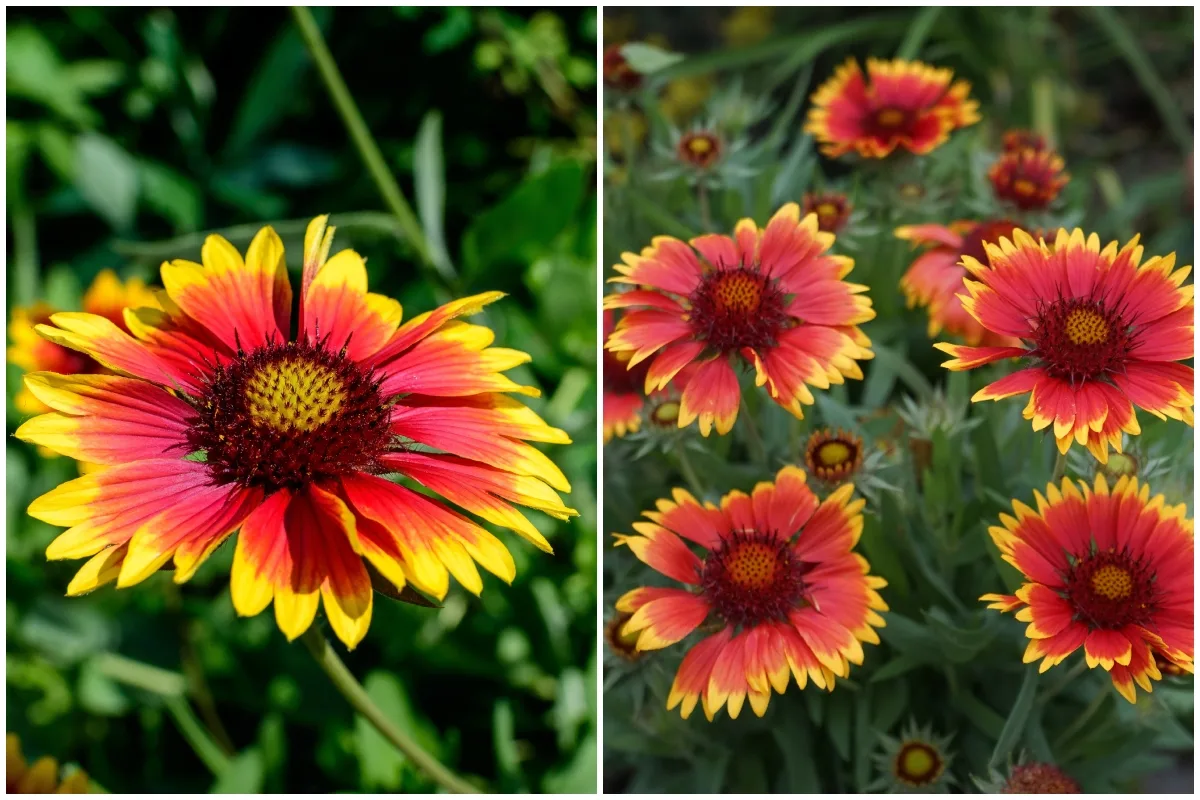
Bloom bloom bloom, now let me hear you say way-ooh!
I debated on whether or not that should be the intro to my article; but there’s something about the blanket flower that just screams “cheerful summer disposition.”
And as an efficient (read lazy-busy) gardener, I’m constantly on the lookout for perennials that have a long blooming period. Flowers that last longer than that last little bit of toothpaste you try to squeeze out of the tube. Flowers you can add to your Memorial Day displays AND that can still witness your Labor Day backyard grilling feast.
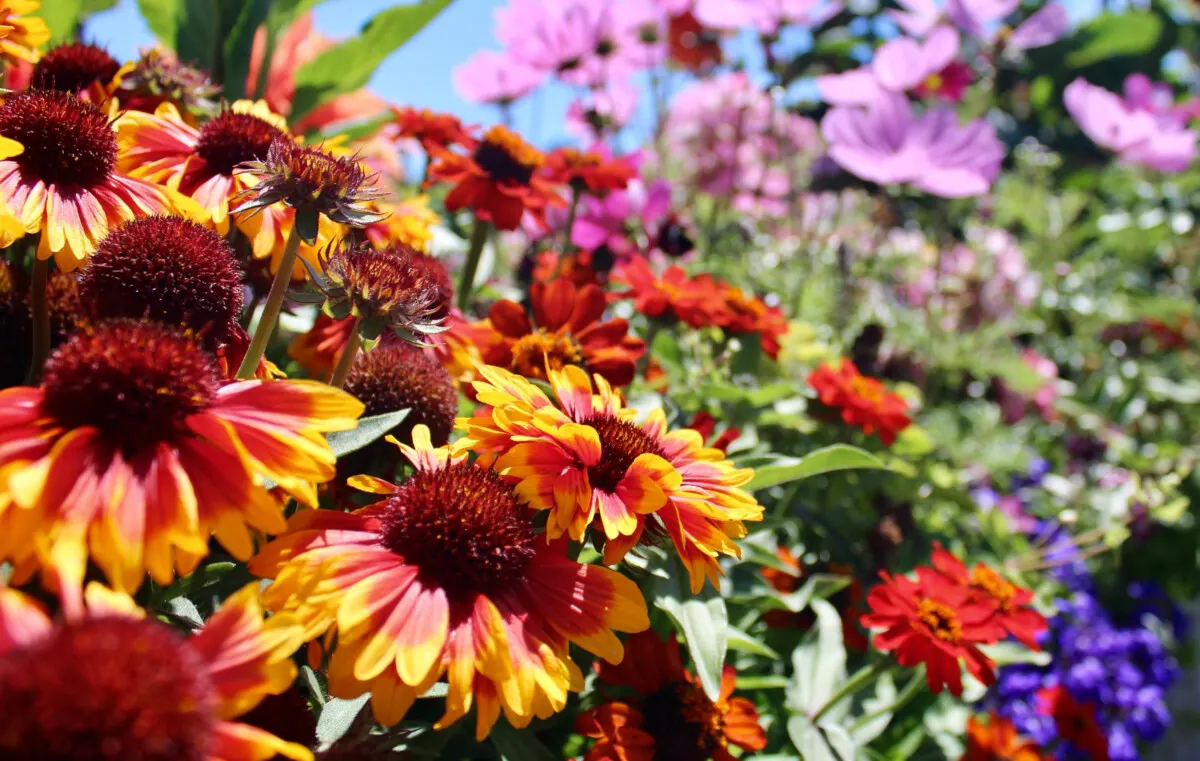
If that sounds like a tempting proposition, allow me to introduce you to the so-called blanket flower (also known as Gaillardia, the name of the genus).
Whether you decide to grow it in a raised bed, a window box or a backyard meadow, gaillardia will do all the work of blooming all summer long, while you sit in your deck chair and sip mojitos.
Not convinced yet? That’s ok. I’m willing to put in a little more work to win you over to this side of the blanket flower.
Here are seven reasons why I think bringing gaillardia into the garden this summer is really worth the (very little) trouble.
1. Blanket flower is a perennial with an extended blooming period.
We talk a lot around here about getting as much bang for our gardening buck as possible. With blanket flowers blooming for virtually the entire summer, from June to October, in the best-case scenario, I think they’re definitely worth that gardening buck.
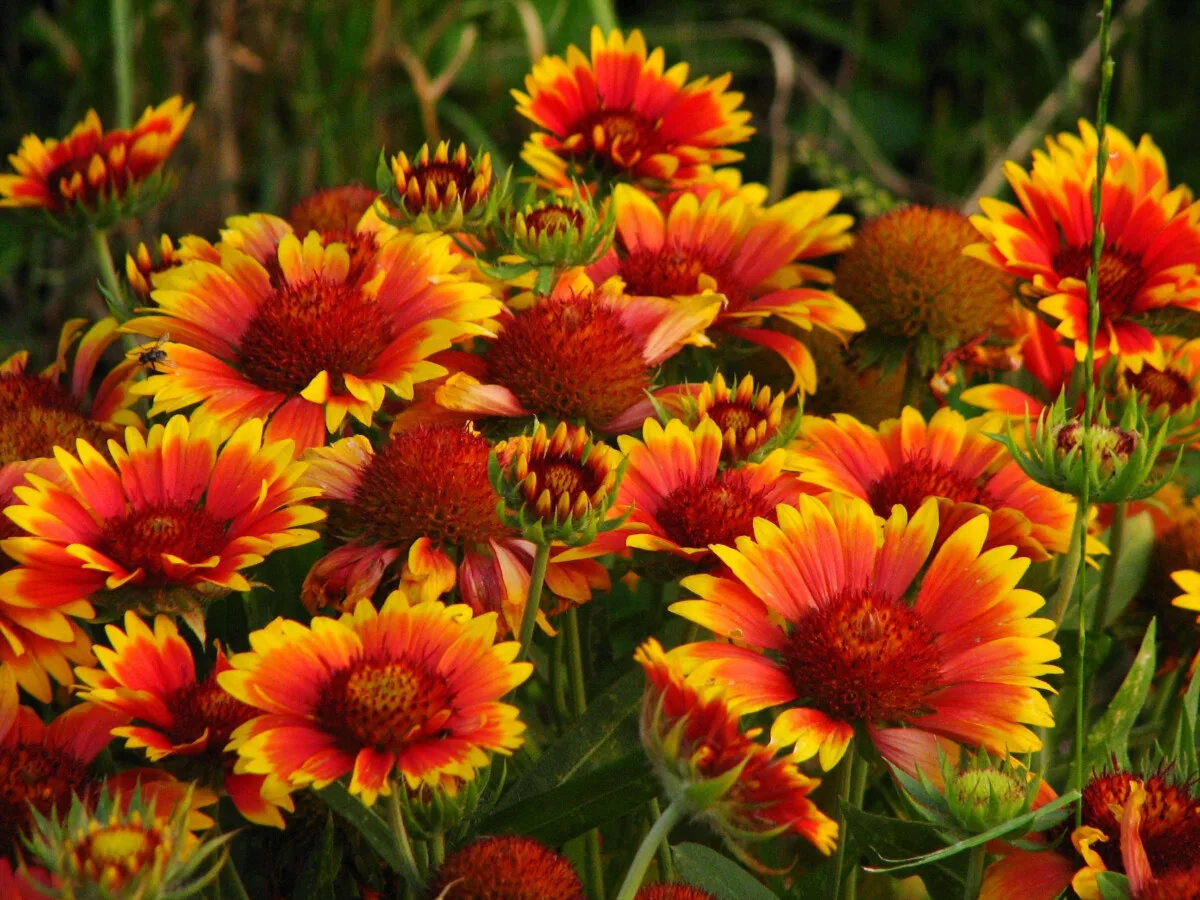
The most common blanket flowers for home gardens are Gaillardia pulchella (also known as firewheels). Their gorgeous red and gold flowers that start blooming in early summer and last all the way into mid-fall. Even better, these perennials will happily self-seed once you get them started in your garden.
There are some blanket flowers that are grown as annuals in cold climates, but most of what you’ll find for sale at gardening centers are short-lived perennials.
2. Blanket flowers attract butterflies, pollinators and birds!
Efficient gardeners (myself included) aren’t the only ones who love gaillardia; these perennials are also a favorite of busy bees and early birds. Or if you let them go to seed, they will attract small birds such as goldfinches.
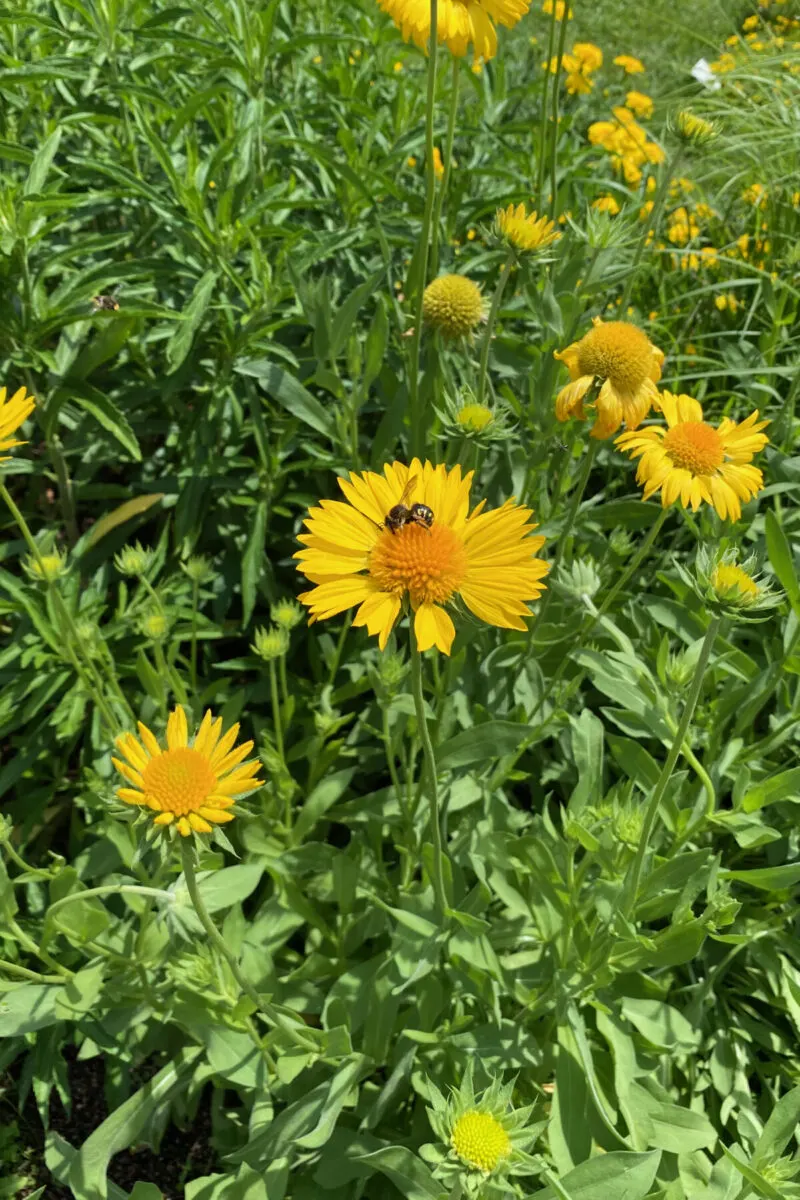
Blanket flowers are a great addition to butterfly gardens, meadow gardens, or just as a little extra fiery color to attract pollinators to your veggie patch.
3. It’s very easy to start gaillardia in the garden.
I’ve already mentioned that gaillardia will self-seed. So it definitely deserves a spot on the “buy once, enjoy every year” list of perennials. But there are multiple ways to bring these plants into the garden.
You can start blanket flowers from seed indoors about six weeks before your last predicted frost date.
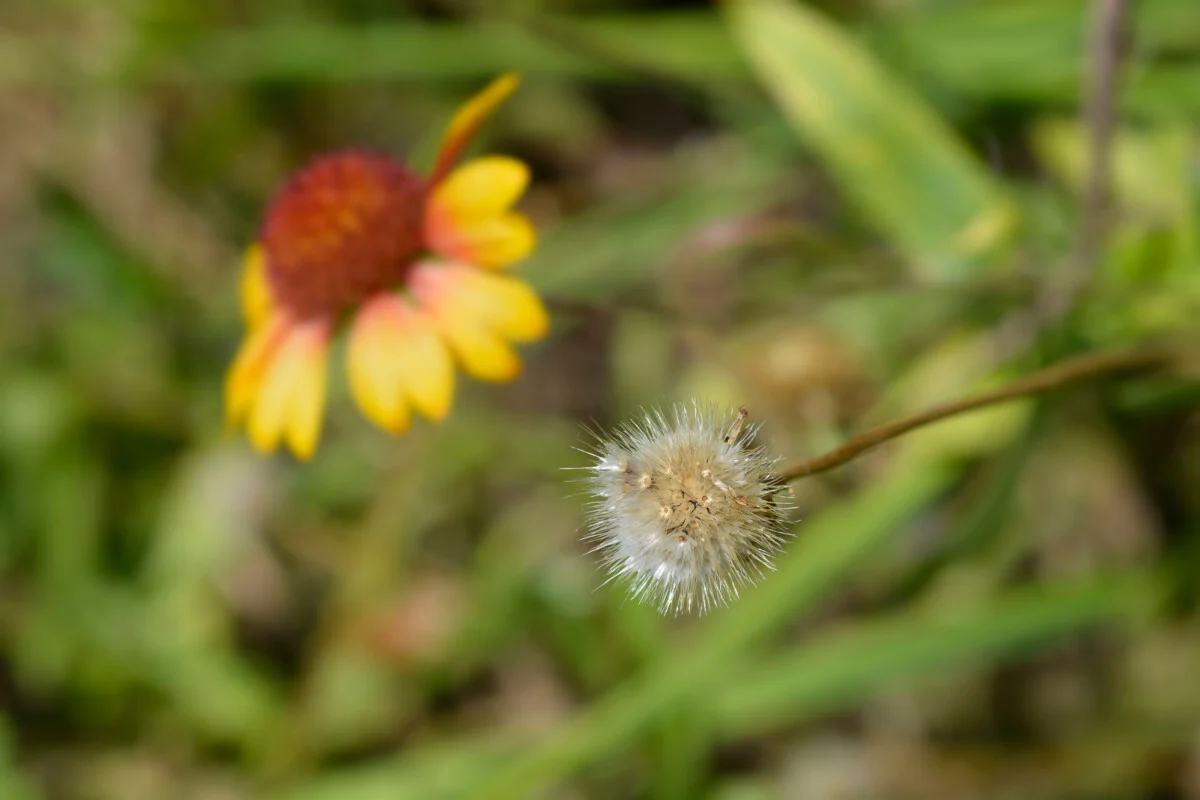
This year, I’m already starting at least fifteen perennials and annuals from seed (plus veggies and herbs), so I’ve decided to buy blanket flower starters. Since the starters aren’t as strong as established flowers, I’ve kept them indoors until late April. Now it’s time to plant them out in the garden.
I’m planting Gaillardia aristata ‘Arizona Sun’ and Gaillardia aristata ‘Mesa Red.’ In fact, my two new blanket flowers were part of the “class photo” I took for this article on perennial planting mistakes.
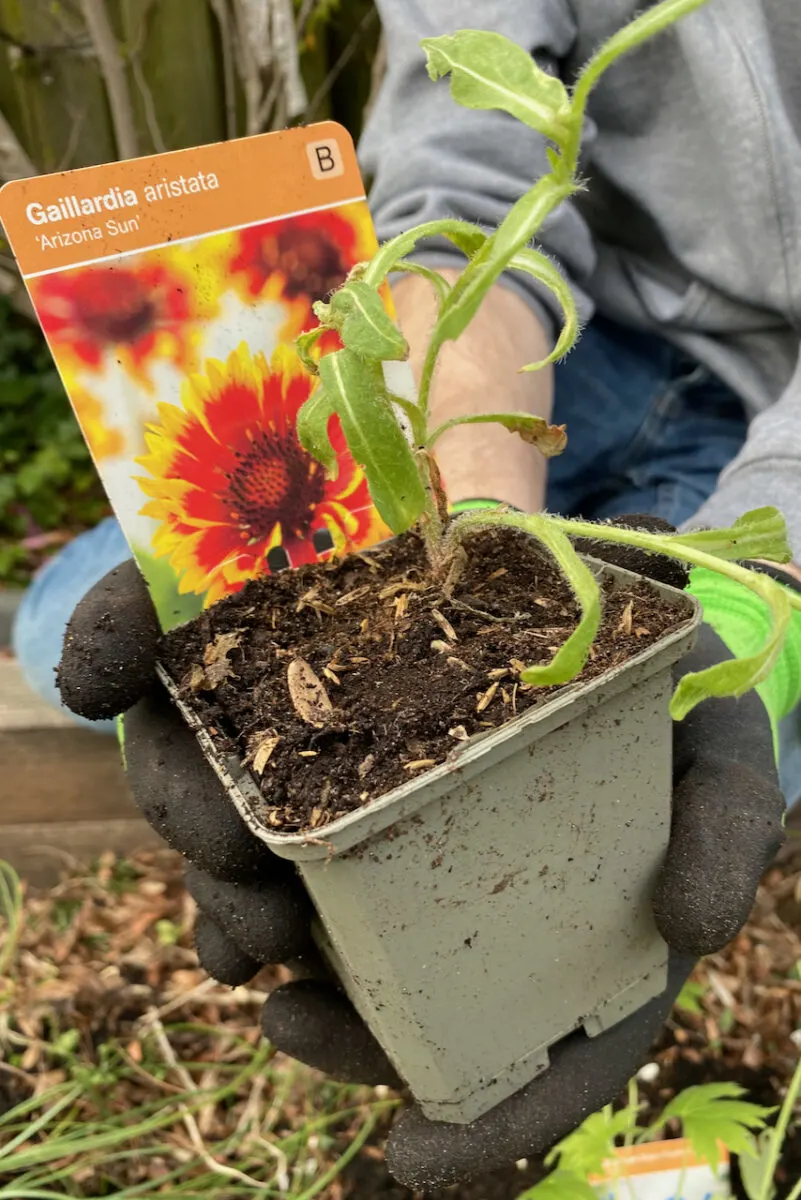
If one of your friends already has blanket flowers growing in their garden, ask them to spread the love and gift you a root cutting. This type of propagation will be more successful if you do it in late winter or early spring.
4. Blanket flowers are both heat-resistant and drought-resistant.
The more unpredictable my weather patterns become, the more I find myself paying attention to these two factors. Are the perennials I’m planting able to withstand long, hot, dry summers?
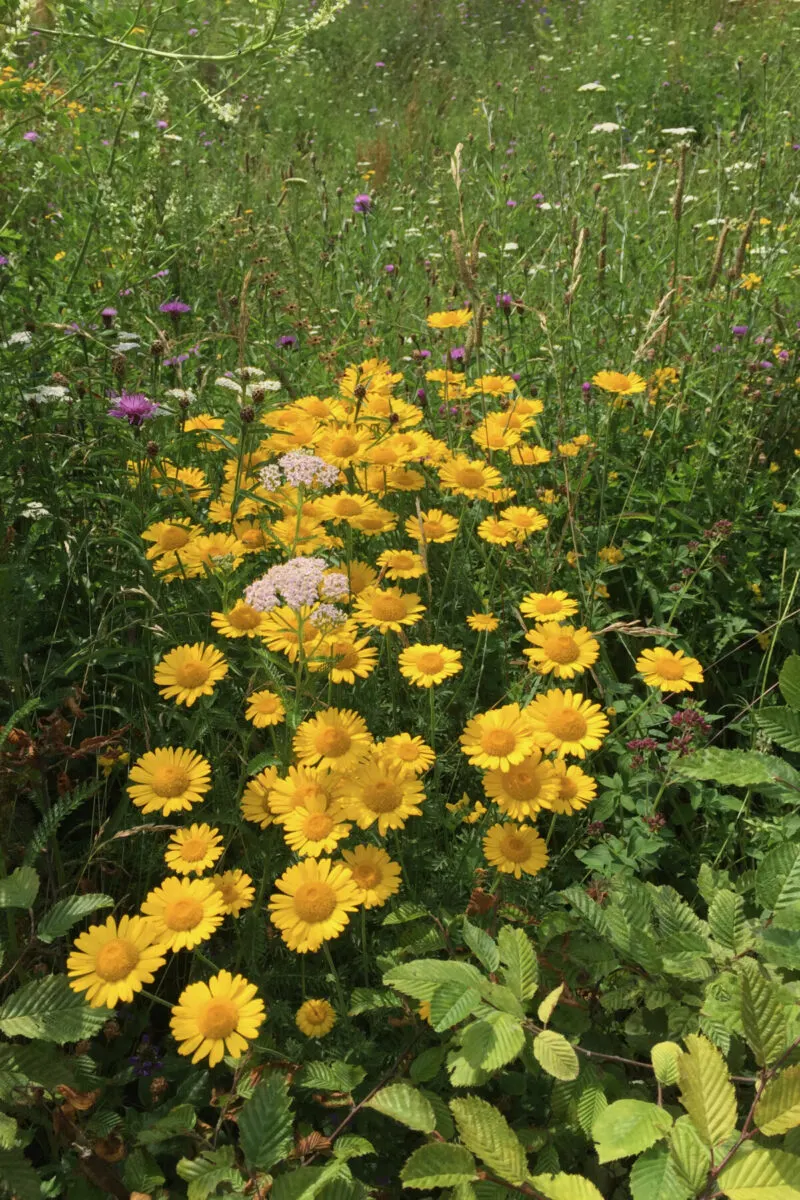
In the case of gaillardia, the answer is yes, yes and yes. Gaillardia will grow in poor, dry soil without any major complaints. The daisy-like flowers (they share a family, Asteraceae) are extremely tolerant of summer heat and drought once the plant is established. But you may need to keep it properly watered while it’s still a baby.
5. Blanket flowers are easy to care for.
Once your garden is full of blanket flowers, you can sit back and sip your strawberry lemonade. Yep, that’s how easy their maintenance is. Or if you really want some exercise, you can keep blanket flowers looking clean by removing spent blooms. While not technically necessary, deadheading can extend the life of each plant by allowing it to save its energy instead of producing seeds. Kind of like the plant equivalent of sipping lemonade instead of going for a jog.
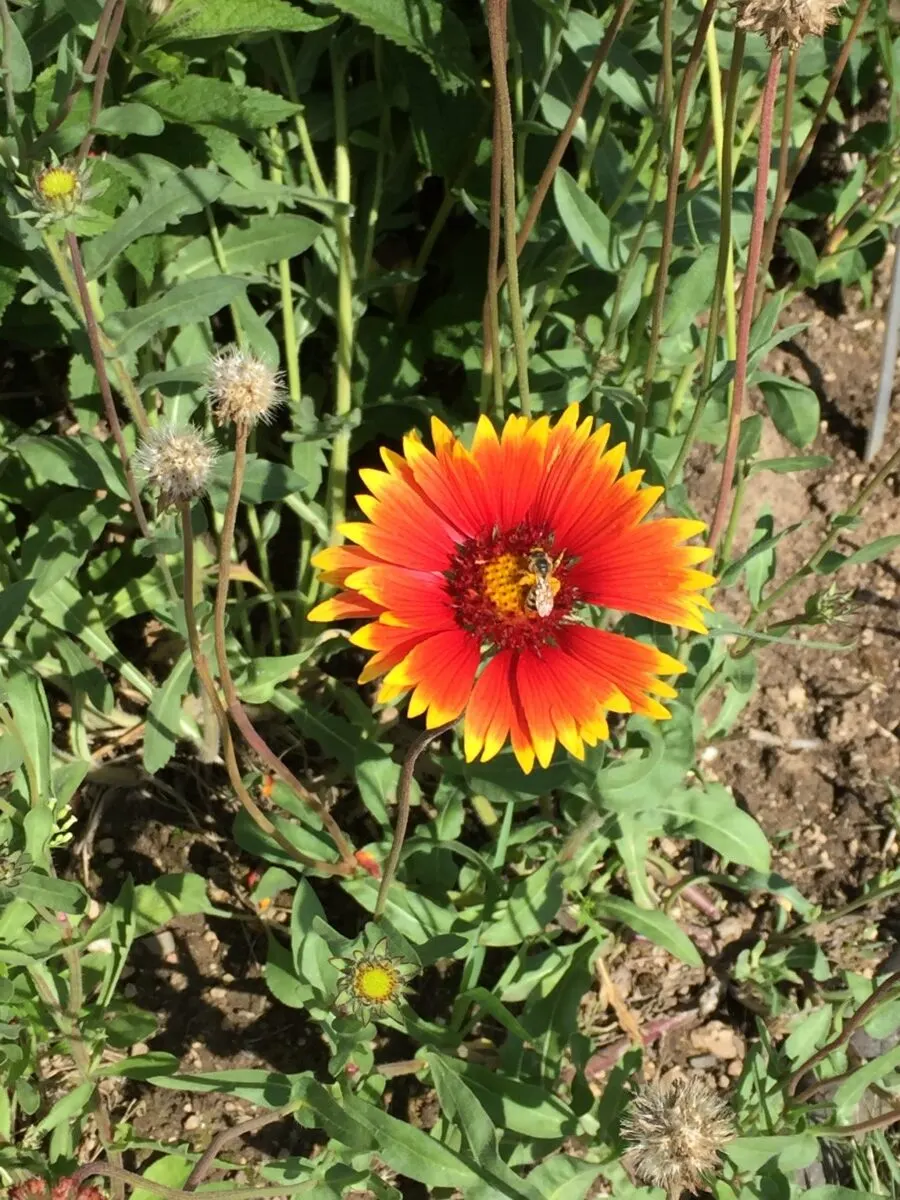
However, once you get your blanket flowers growing from seed in the garden, be sure not to accidentally weed them out. The leafy spring plumage of Gaillardia aristata looks similar to that of dandelions. I never have that problem, because I really like dandelions.
Gaillardia is not a temperamental flower either. They will happily grow in meadows or dry prairie-like soil, and don’t need any fertilizers.
6. There are several popular cultivars to choose from.
When it comes to choosing cultivars of blanket flowers, I am also very lazy. Ok, that’s a lie. I’m not lazy about that, I just choose not to choose and buy one of everything. Not all of them in one year, but hopefully as many as possible over the course of a few summers.
Blanket flowers really have a wide range of looks too. From deep wine-red to orange and bright yellows, not to mention lots of multi-color combinations, there’s definitely something for people who don’t have time to make up their mind.
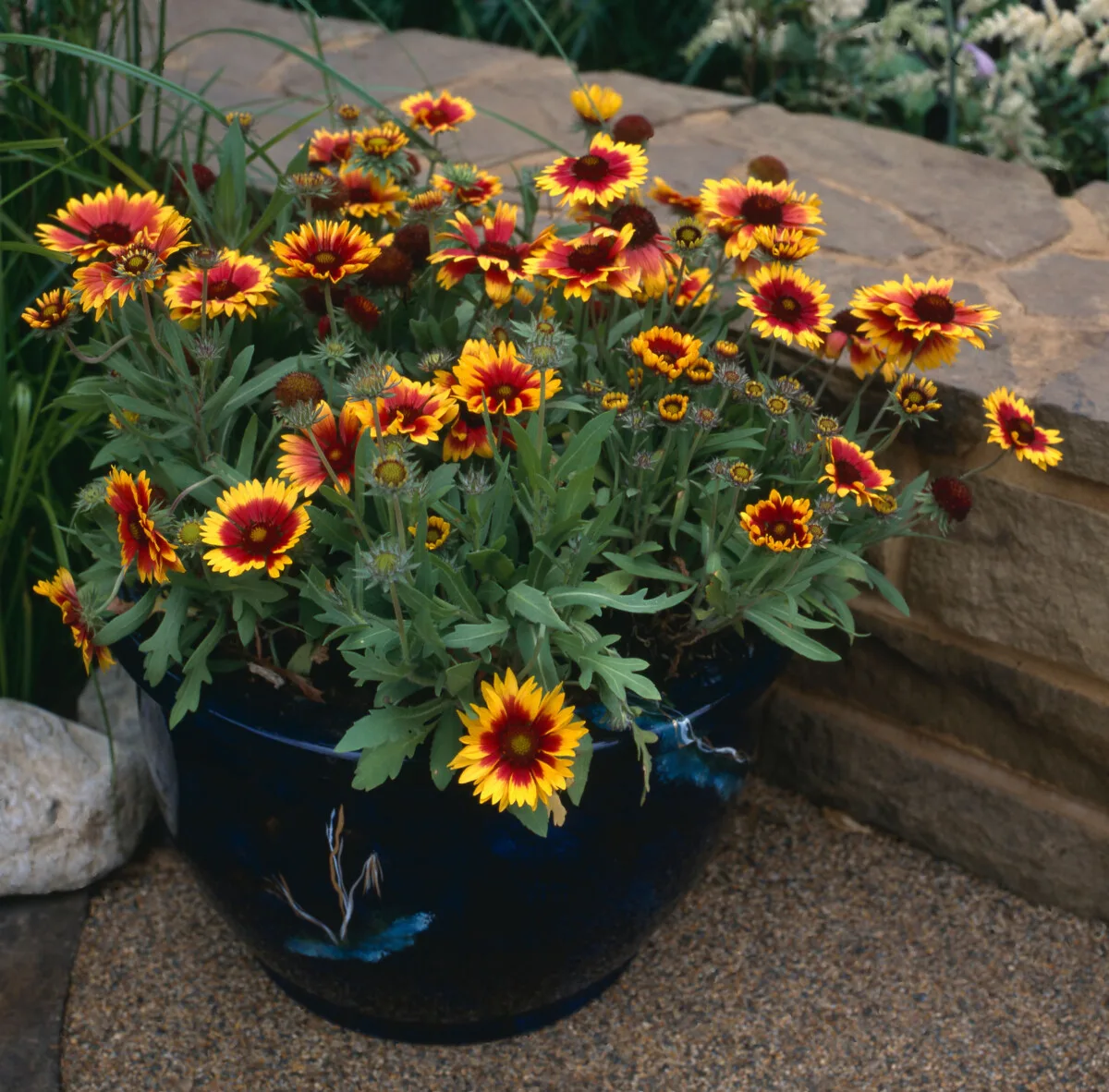
Gaillardia aristata – this perennial blanket flower has large blooms usually with yellow rays and red-orange centers.
Gaillardia pulchella – this variety (sometimes grown as an annual in colder climates) flowers about three months after you sow it straight in the garden; it grows tall, so it may need some staking.
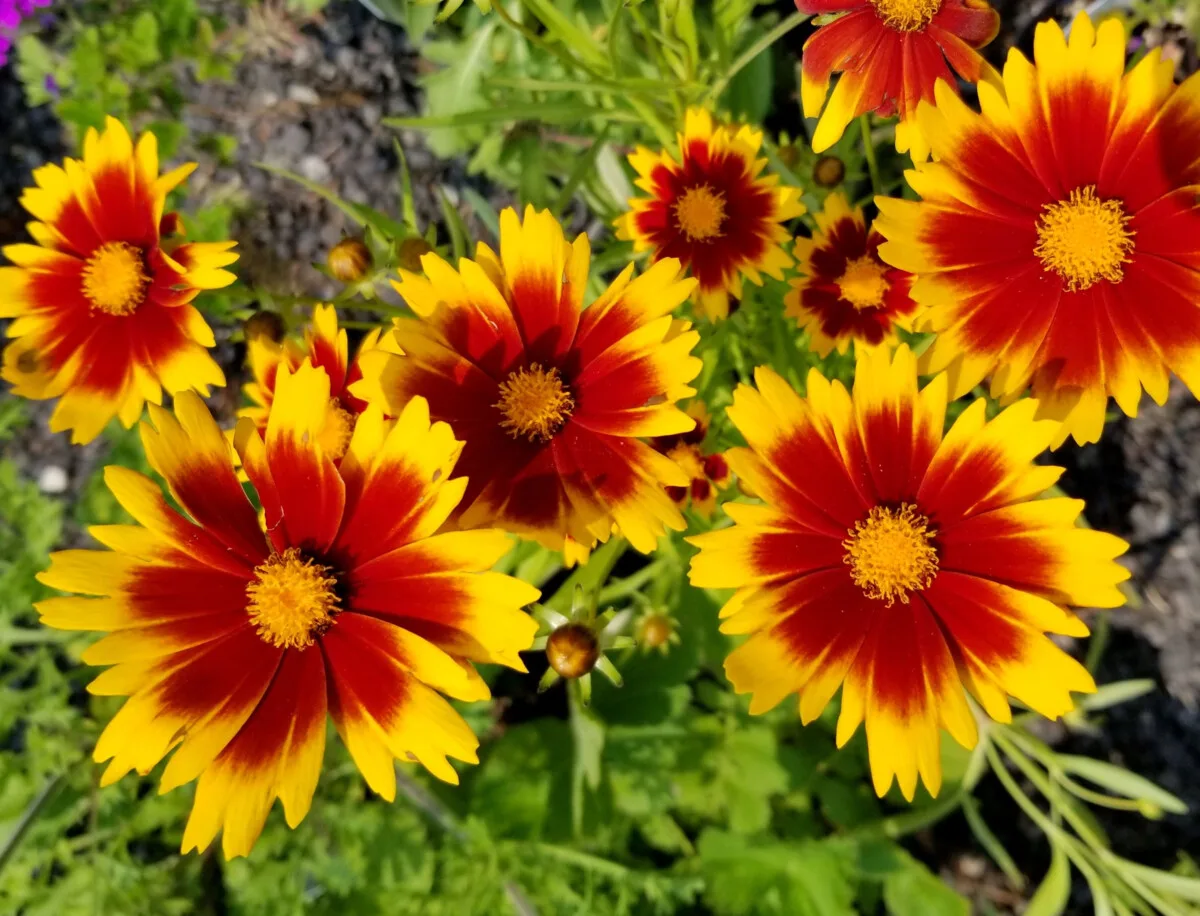
Gaillardia x grandiflora – this is a hybrid of the G. aristata and G. pulchella that has a lot of cultivars available in garden centers. For the “classic” gaillardia look of red petals and yellow tips you can choose ‘Arizona Sun’ or ‘African Sunset.’
The ‘Mesa’ series has more solid-color varieties, such as ‘Mesa Red’ and ‘Mesa Yellow’.
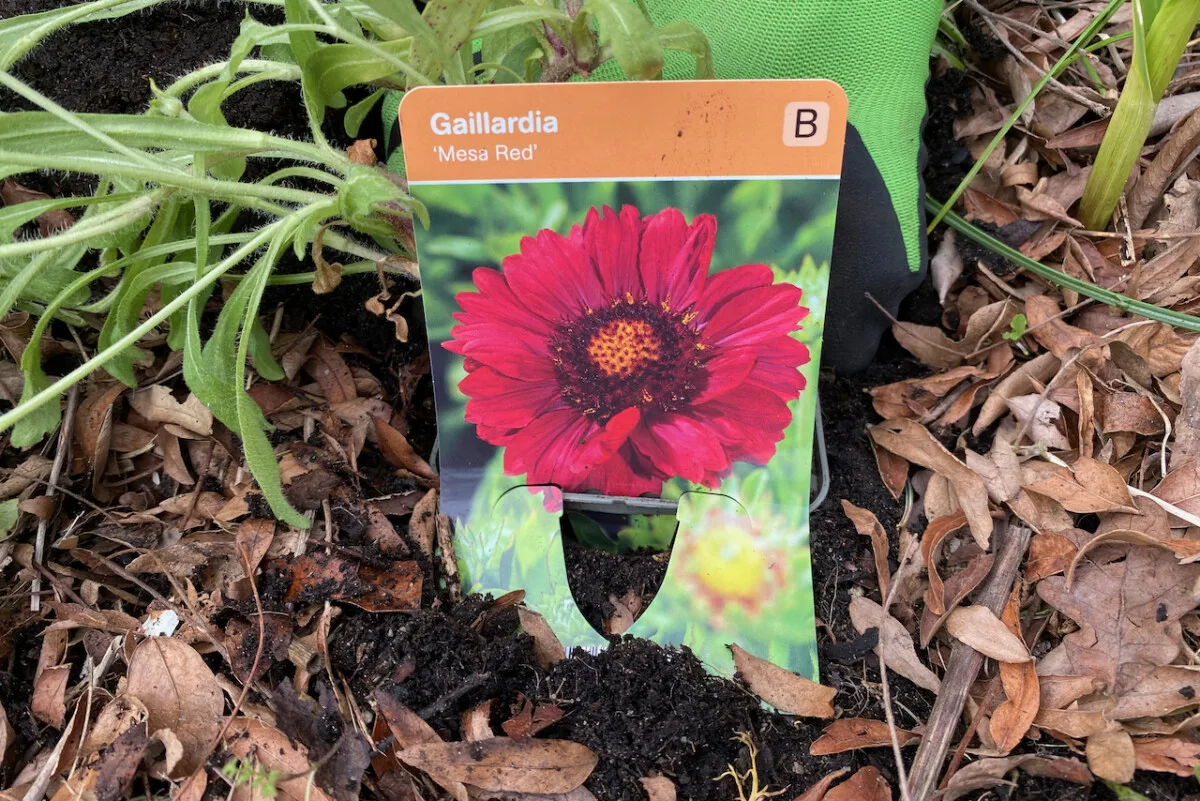
7. Gaillardia is native to some parts of the United States and naturalized in others.
I know that planting native species is very important to our readers. We talk about that a lot on our Facebook page. So I think it’s worth mentioning that the blanket flower definitely ticks this box.
Gaillardia is originally native to the Western part of North America. It spreads from Montana down to Mexico which means it can handle a wide range of climates, soils and sunlight exposures.
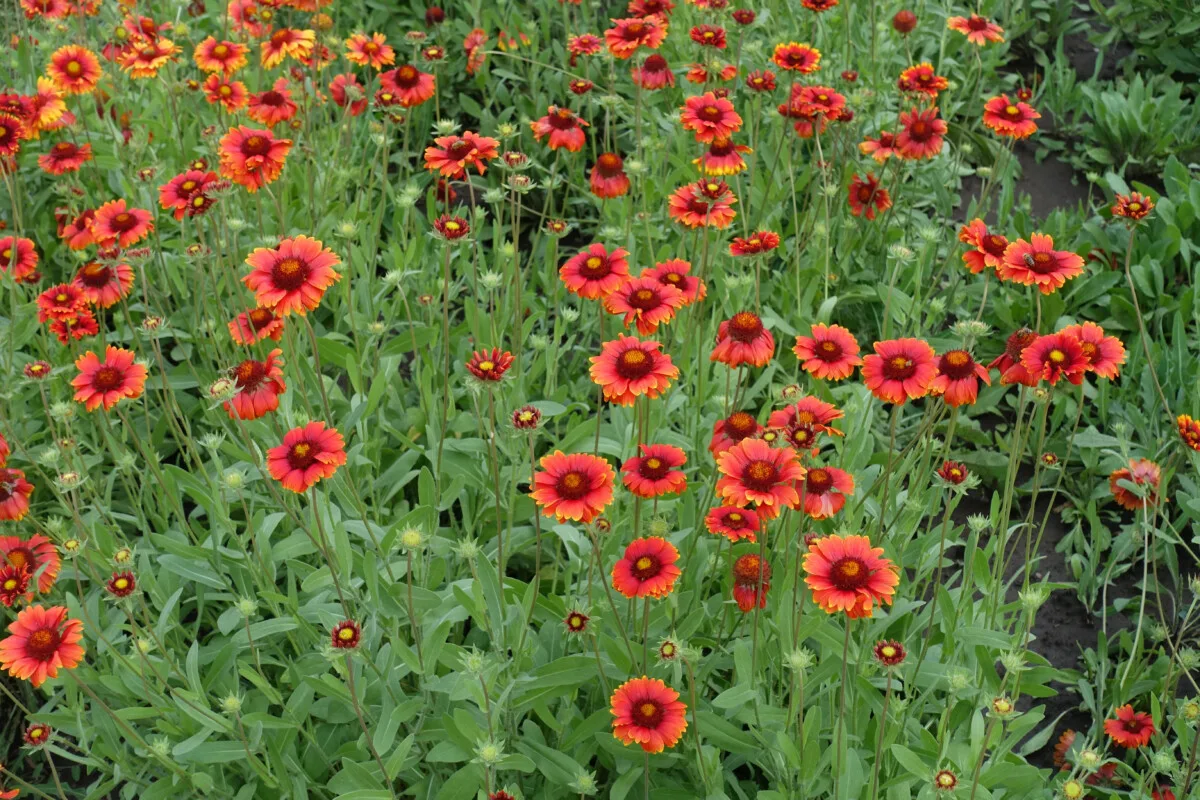
Nature did a great job of making a beautiful, long-blooming flower that can handle tough environments and lazy gardeners alike. The hybrid cultivars were created in Belgium (way back in the 1860s) and you can easily find them in garden centers and across Europe.
Now tell me, what’s not to love about having a garden covered in cheerful bright blooms for months on end?

